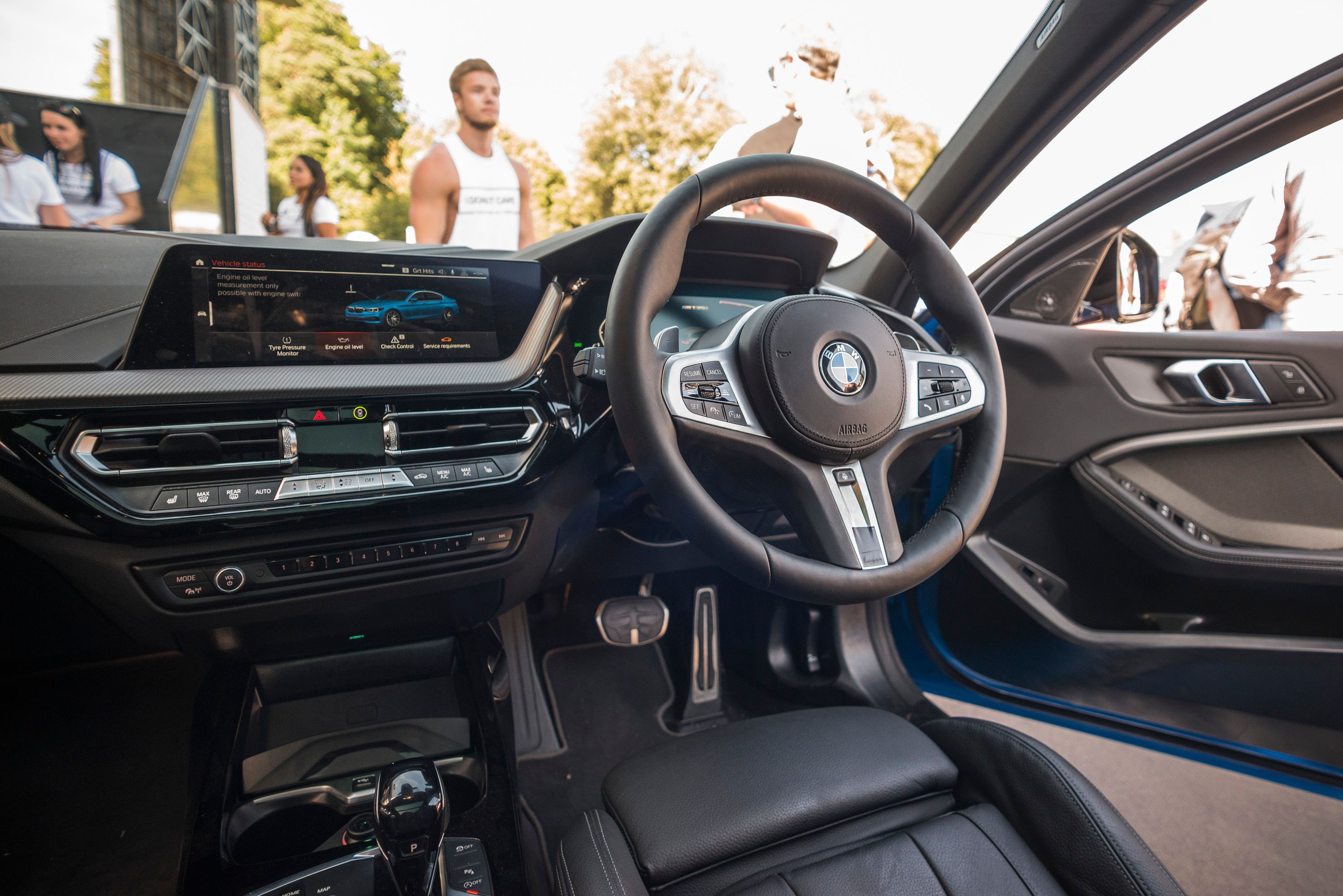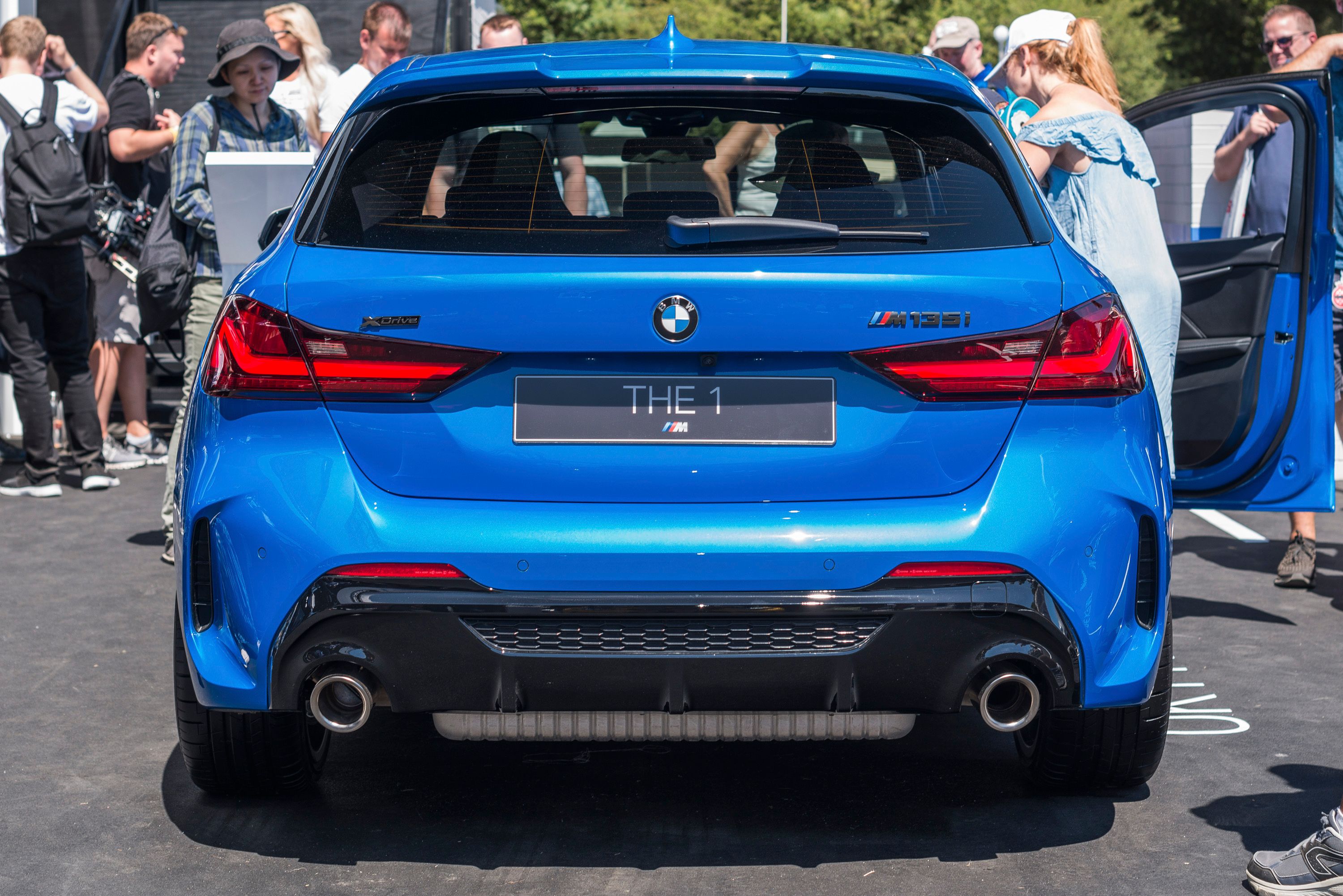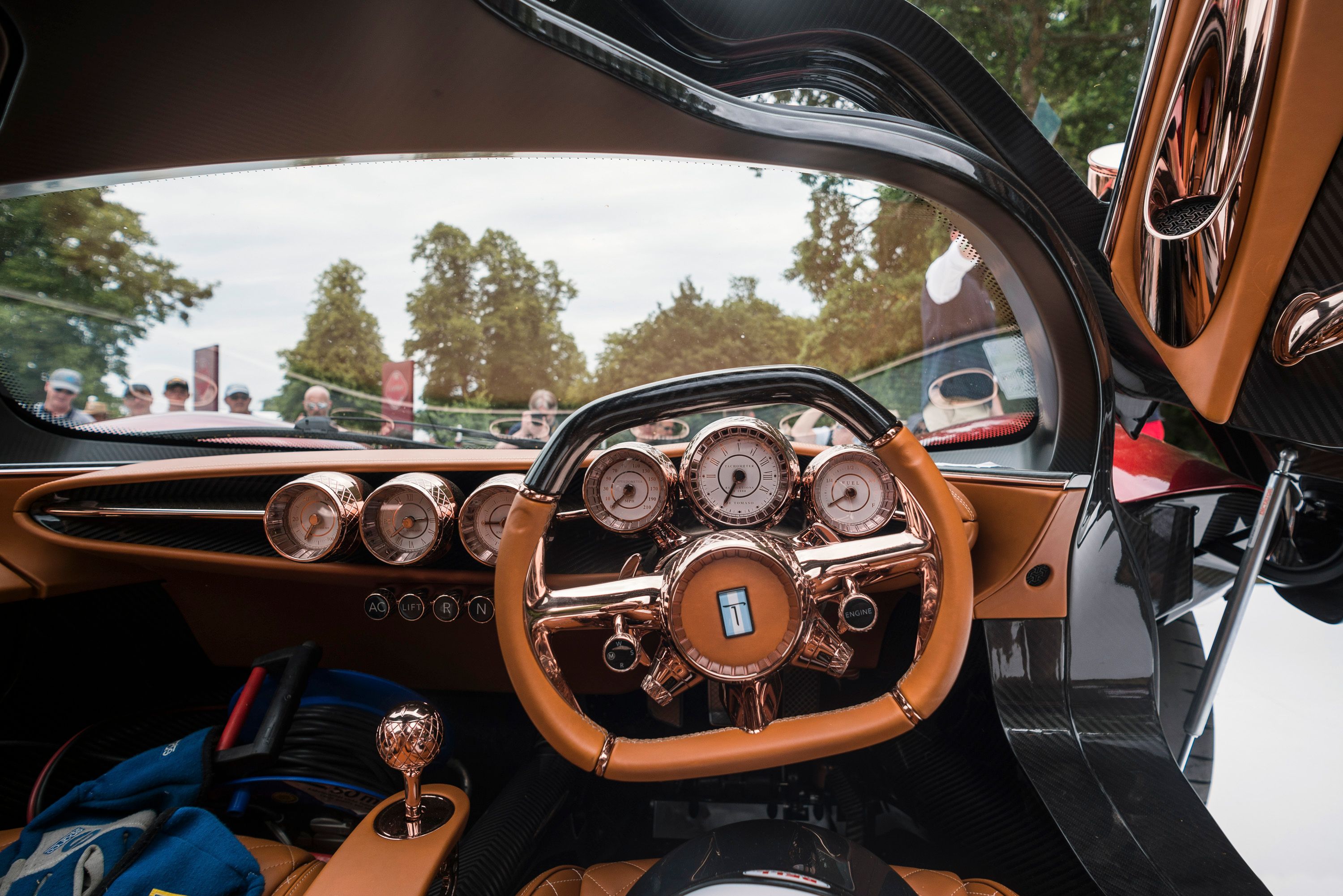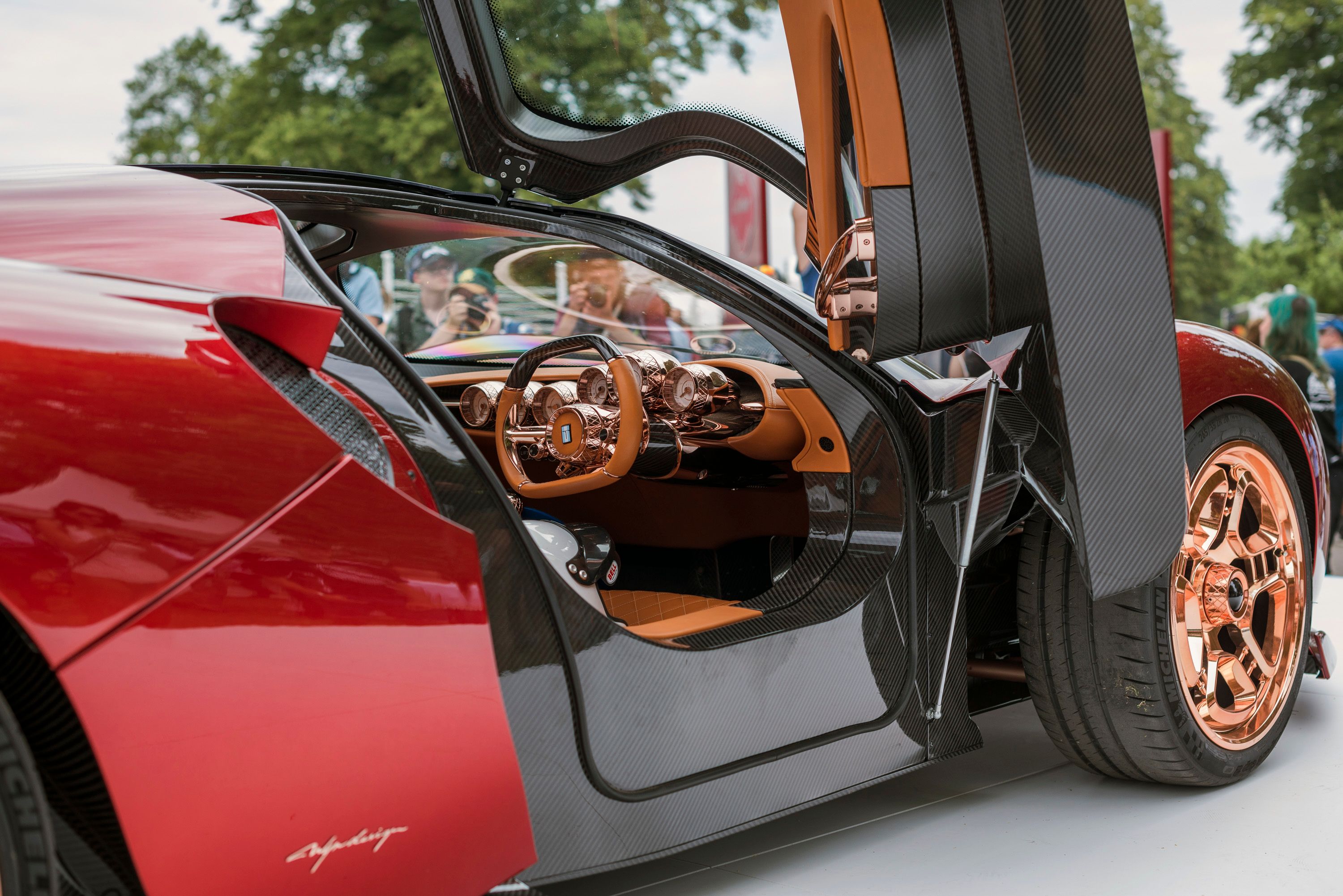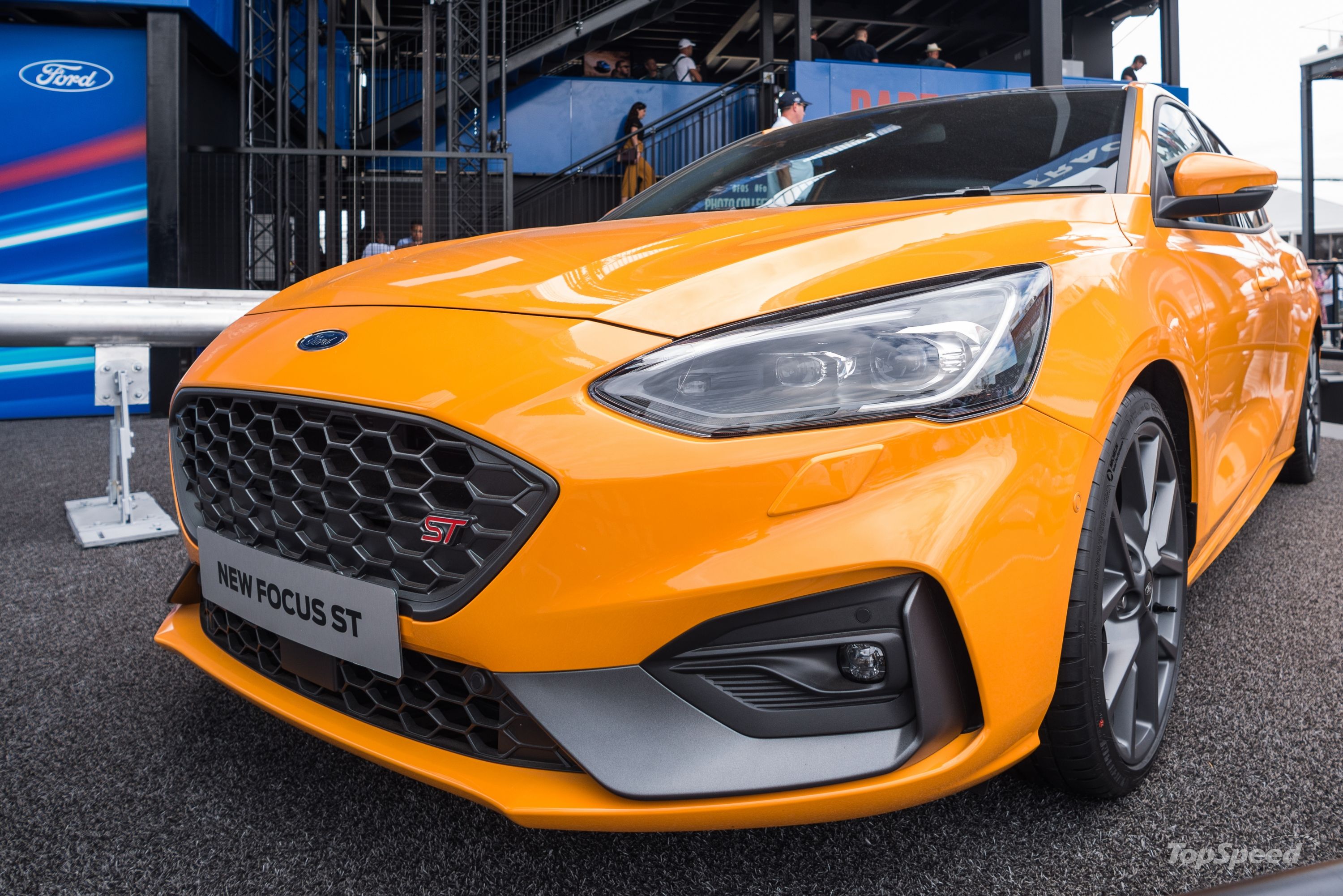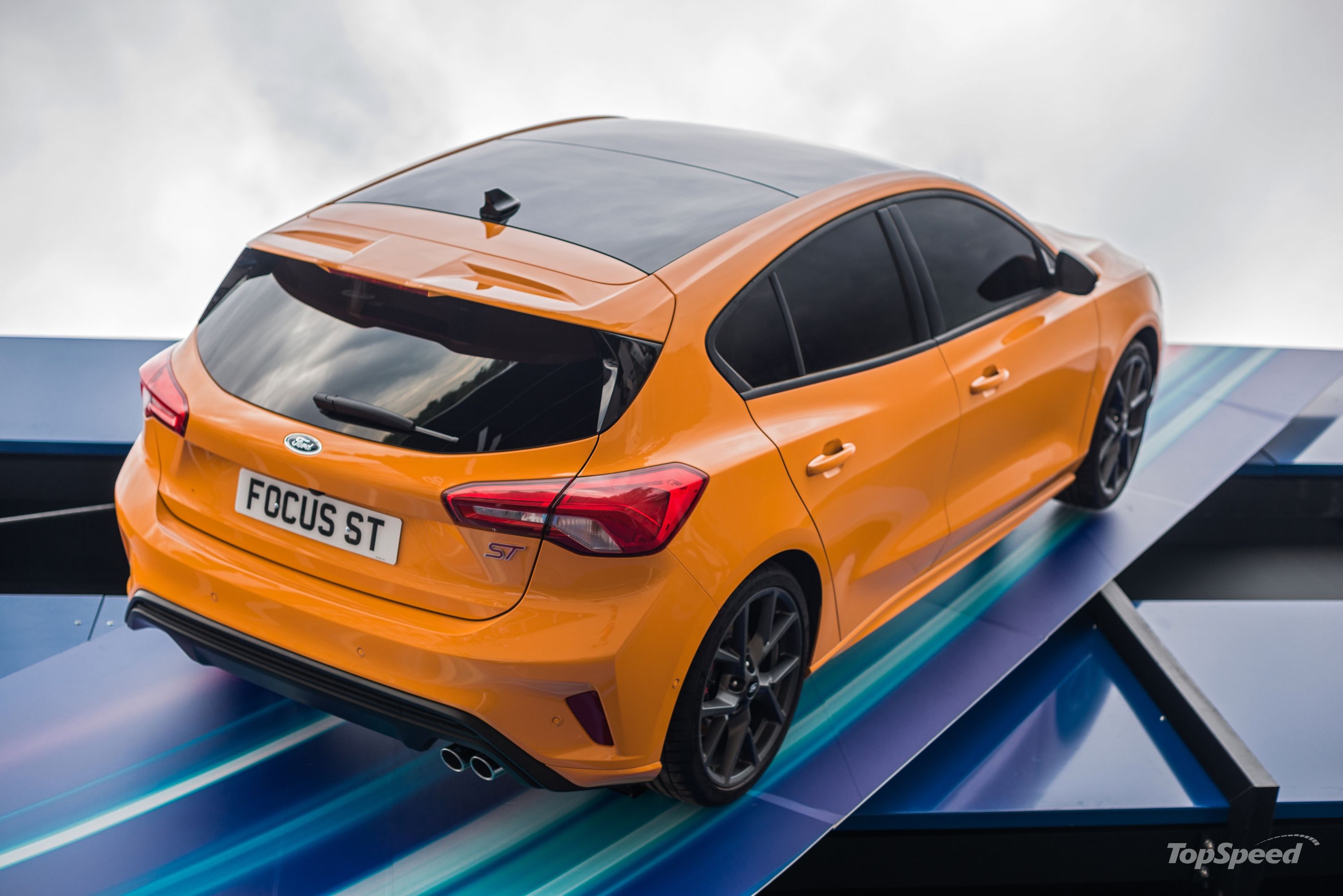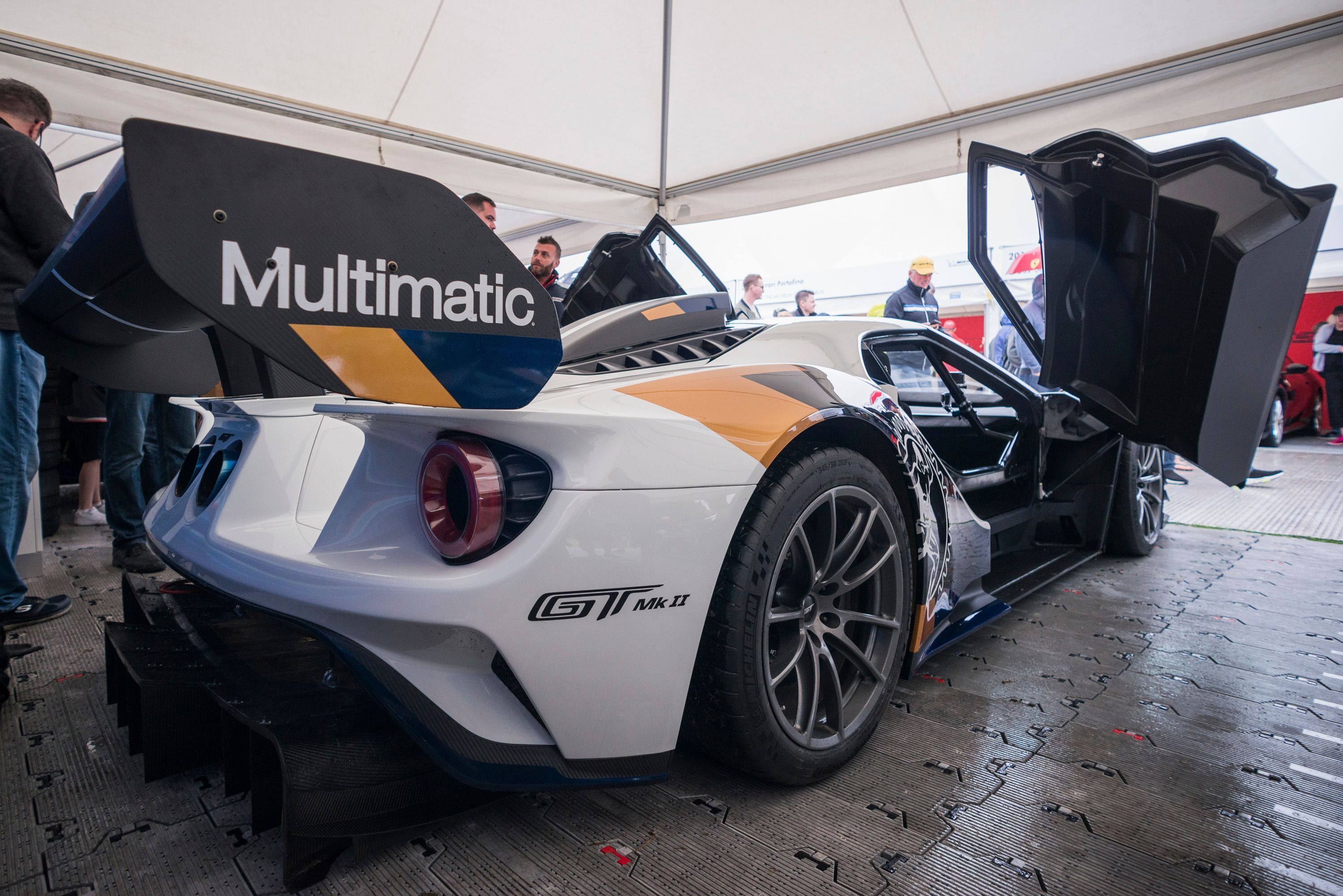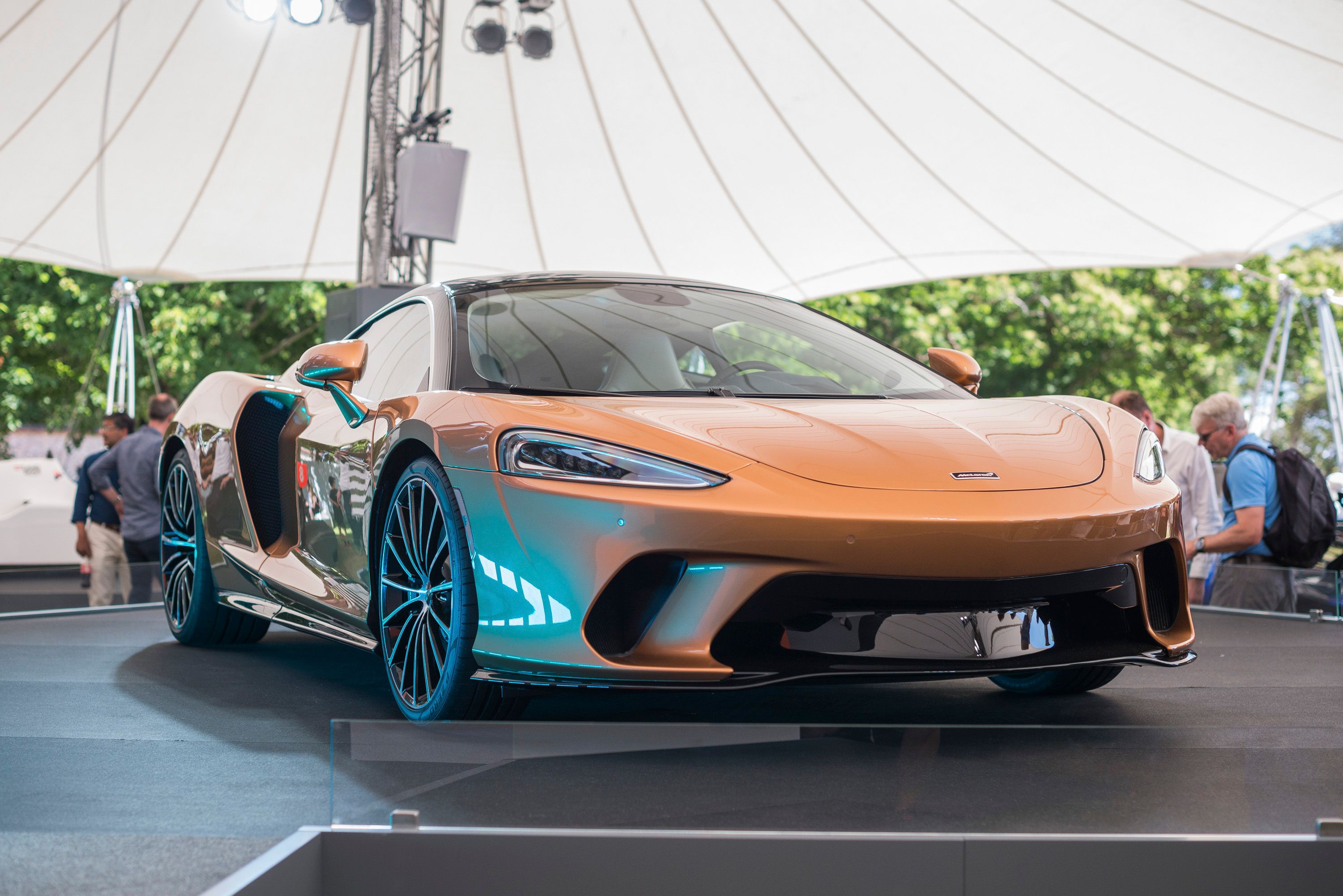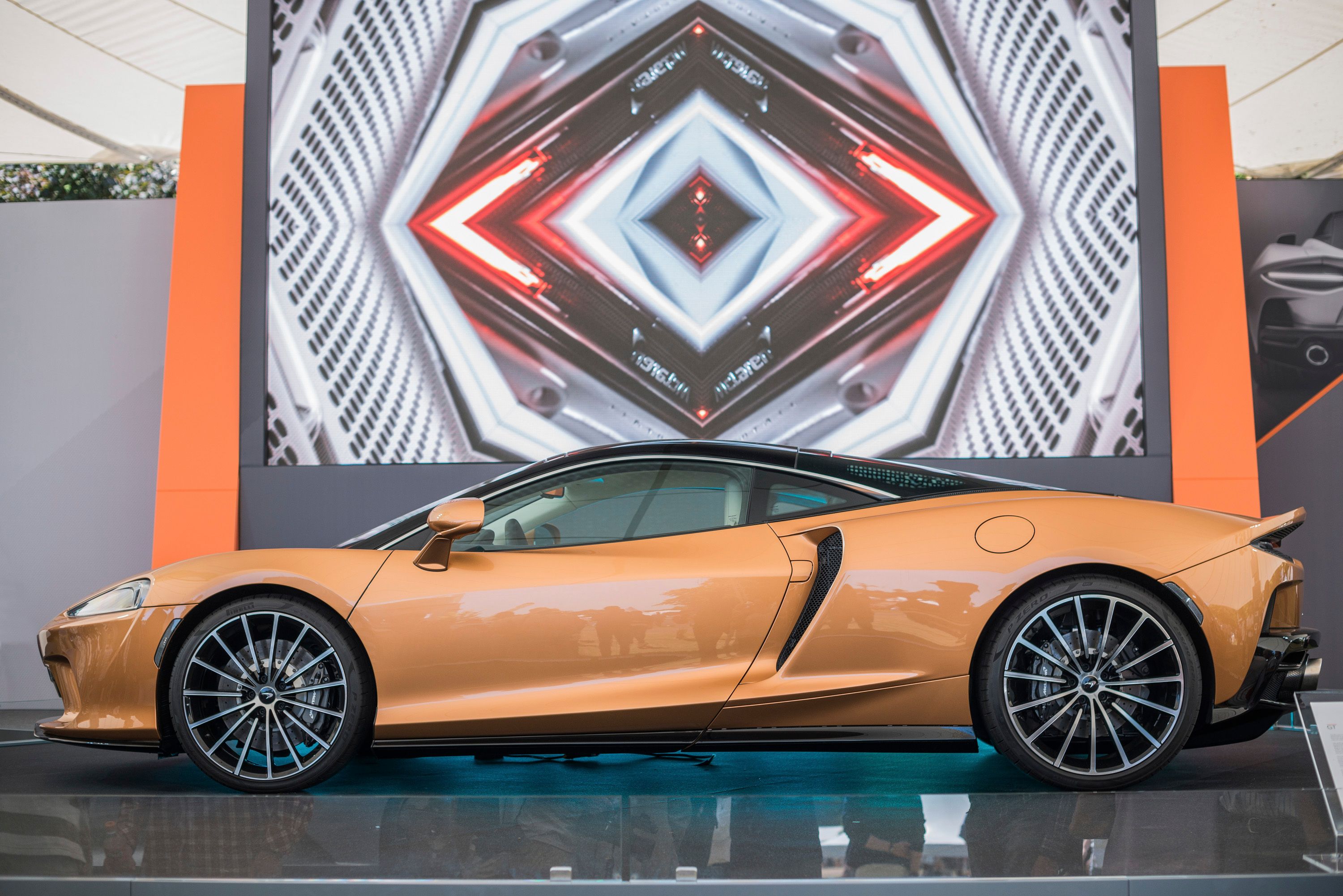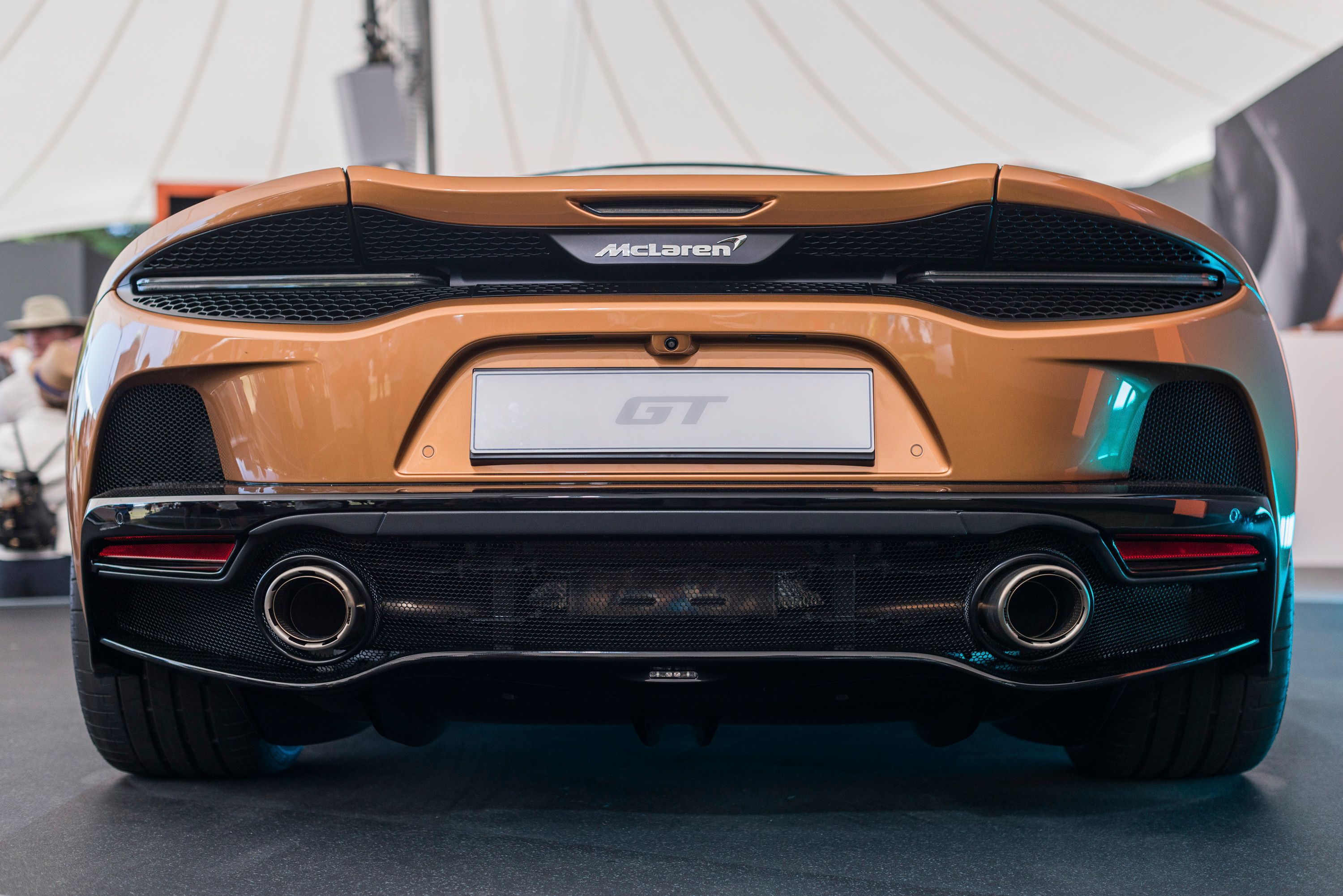What’s really great about the Goodwood Festival of Speed, especially in recent years, is that it not only assembles cars from all eras of motoring but that it also plays host to several debuts. More and more automakers have chosen the Festival as the venue of choice to reveal (usually sporty) new cars in order to gauge the opinion of the public.
The crowd at Goodwood is arguably more discerning too, since probably more people who attend this event are connoisseurs and/or enthusiasts than those who attend traditional motor shows. And, if a manufacturer chooses to present a new model here, it needs to be aware that its new metal will probably be in the very close proximity to priceless classics or flashy modern exotics.
With that being said, I’ve gathered a list of the top six most important new cars shown to the public for the first time at the 2019 Goodwood Festival of Speed. The list contains three hot hatches and three supercars, one of which is actually a track-only special that attracted quite a bit of attention at the event.
2020 BMW 1 Series
BMW had an entire stand built to show off its latest cars at Goodwood - the stand was actually called “M Town,” hinting at the fact that all the cars shown at it were sporty Motorsport or M Sport models. And, while the X3M Competition or the new 3-Series decked out in full M Performance armor garnered some attention, it was the all-new 1 Series hatchback that drew the biggest crowds.
The crowds did clear after some time and awarded me a brief time frame in which to take exterior shots of the car and also get a better look at it myself. On first impression, it looks quite different from the 1-Series it replaces, mainly due to the way it is proportioned. The outgoing 1-Series has a long hood and a greenhouse that is pushed way back (the typical look for a car with an FR layout), whereas this new model looks like a very aggressive wedge, with a much stubbier nose and more pronounced rising beltline.
It’s actually better to look at in person than I was expecting, and I actually grew to like it after walking around it several times. I
BMW’s front-wheel-drive models usually have a different interior layout and don’t feel as posh and plus as the firm’s larger models, but the 1-Series, even though it’s now migrated to a front-wheel-drive layout, still feels like one of the bigger cars inside. I’m going to reserve final judgment until I have the chance to drive one, to see what it feels like out on the road, because it still needs to feel like a driver’s car for it to be declared good.
Read our full review on the 2020 BMW 1 Series
2020 De Tomaso P72
The name De Tomaso doesn’t really strike a chord with car enthusiasts who are only interested in modern metal. But for those who have a penchant for the 1970s, then the name sparks all sorts of connotations because no fewer than 7,260 of the old De Tomaso Pantera (in production from 1971 to 1992) were made. After the year 2003, De Tomaso ran into financial difficulties and the company changed hands several times before the rights to the name ended up being purchased by Hong Kong-based Ideal Team Ventures in 2014.
The all-new De Tomaso P72 will be built in much smaller numbers than the Pantera (the planned production run is for just 72 units). Its design isn’t that of a reimagined Pantera, but it instead tries to evoke the 1960s De Tomaso P70 racing car designed by Peter Brock and built by Carrol Shelby.
It was created to not only show what the reformed De Tomaso company has in store for the future, but also as an actual driver’s car. Its platform is shared with the Apollo Intensa Emozione as is the Ferrari-derived, 6.3-liter, V-12 engine. In the Apollo, the engine makes 780 horsepower and sends its power to the wheels via a six-speed sequential gearbox. In the P72, however, the six-speed gearbox is actually manual and not only that, but the shifter actually has an exposed linkage (similar to what you might see in a Pagani or Spyker).
The car ran a few times up the hill at Goodwood and even though it’s not a V-8 like pretty much all of the historic De Tomasos, it sounds very pleasant and it’s ridiculously loud too. Its engine note is quite similar to that of a Pagani Zonda. It is quite possible that De Tomaso might change the engine for the production version, even though it’s already started accepting reservations for the model.
Check out more details on the 2020 De Tomaso P72
2020 Ford Focus ST
Anticipation built up as I approached the Ford stand at Goodwood because I knew that when I got there, I was going to see the all-new Focus ST. However, upon arriving at the building the Blue Oval had erected specifically to showcase the new Focus ST, I was quite disappointed by what I saw.
The car literally looks like the Ford Focus ST Line, but with bigger wheels and ST badges - that’s it. And inside, the steering wheel is pretty much the same as on the ST Line (albeit with the ST logo on the lower part of the rim), and the only thing that really sets it apart are the contoured bucket seats. At least those do look appropriate for a hot hatch of its caliber.
But more could have been done to differentiate the ST, make it look like the near-300 horsepower hot hatch that it is. To my mind, it screams for some sort of body kit or anything to help it stand out, especially alongside other hot hatches of the same power, all of which look much more flamboyant than it does. Even the VW Golf GTI, the car acknowledged as being the most understated of all the hot hatches, is still more interesting to look at and has a lot more to differentiate it from lesser Golfs.
Read our full review on the 2020 Ford Focus ST
2020 Ford GT Mk2
Ford brought out a new track-only, limited-run version of the GT supercar that it calls the GT Mk2. Only 45 examples will be manufactured at a cost of $1.2- illion (more than twice what the regular road-going GT costs), but it is quite a bit more special and exclusive than the road-going GT. It is actually similar to the racing version of the GT, but unlike that car whose power output is restricted to 500 horsepower, the GT Mk2’s 3.5-liter, EcoBoost, V-6 pumps out 700 horsepower. Plus it has some additional modifications, like that dual-element rear wing that is larger than what regulations allowed for the racing version (and it makes four times more downforce than the wing on the road-going iteration).
The GT Mk2 was an elusive sight at Goodwood this year, and I was only able to see it during my third day attending the Festival. It was supposed to be at the Supercar Paddock, but I caught it either going up the hill or being transported somewhere else. When I did get to see it, I was struck by how big the new aero bits are and just how many people were crowding around to take a peek at it. It looks like a serious racing car, one you’d see running at Le Mans, screaming past you on what’s left of the Mulsanne straight. It’s a real sight and, even though it’s not road-legal, the people who are going to buy these will be very happy with their purchase.
Read our full review on the 2020 Ford GT Mk2
Mercedes-AMG A45 Hatchback
Mercedes pulled the wraps off its all-new AMG A45 all-wheel-drive hot hatch at Goodwood, and it too was a major crowd puller.
But it’s really the powertrain that’s important, and in the case of the A45, it is quite special. Sure, it may be a 2.0-liter four-cylinder turbo, but it’s the most powerful of its kind ever put in a mass-produced car, and it makes 415 horsepower and 500 Nm (368 pound-feet) in the A45 S. With that kind of power channeled to all four wheels, it sprints to 100 km/h (62 mph) in 3.9 seconds, giving it what would have been described as “supercar-like acceleration” a decade ago. The AMG A45 S’ 270 km/h (167 mph) top speed further reinforces that point.
I do have a problem with the way the A45 looks, though, because there is not enough visual differentiation between it and the lower-tier A35. You can only really tell them apart by the bulging grille that only the A45 has and the (fake) quad exhaust tips, even though mechanically the A45 is considerably more advanced thanks to a reinforced chassis and body, torque vectoring for the rear axle, and a raucous “drift mode” that comes as standard on S models.
Check out more details on the 2020 Mercedes-AMG A45 Hatchback
2020 McLaren GT
McLaren didn’t really exist as a supercar maker 10 years ago, but a lot has changed in a decade and now the UK-based automaker is launching its first grand tourer, a more comfortable vehicle designed to not only go very fast, but also cosset its occupants on longer journeys - it’s called - drumroll - the McLaren GT.
And it looks absolutely gorgeous in person - much better than in the press photos where its nose just seemed a bit too high off the ground and the rear end design looked a bit wrong. But that impression changed completely when I saw it at Goodwood. Now I actually think it’s one of the best looking modern McLarens, and its design actually reflects the fact that it is not only designed to be quick around a track - it is more elegant than other McLarens, both inside and out.
Power comes from the same McLaren staple, a new version of the company’s twin-turbo V-8 that now displaces 4 liters and puts out 612 horsepower and 630 Nm (465 pound-feet) of torque.
But the car is also larger than other McLarens and it has more space inside for passengers. It also offers space for luggage in the front and the rear and its ground clearance is a bit higher than other models in the range too - all of this has the aim to make it easier to cross continents with and make it a more practical everyday car.
Read our full review on the 2020 McLaren GT



